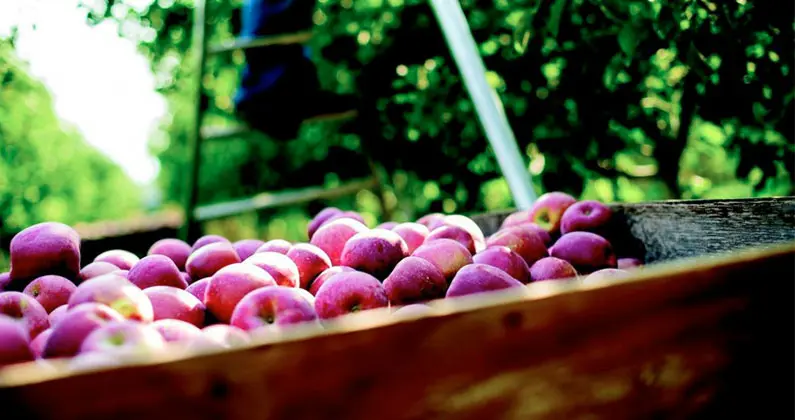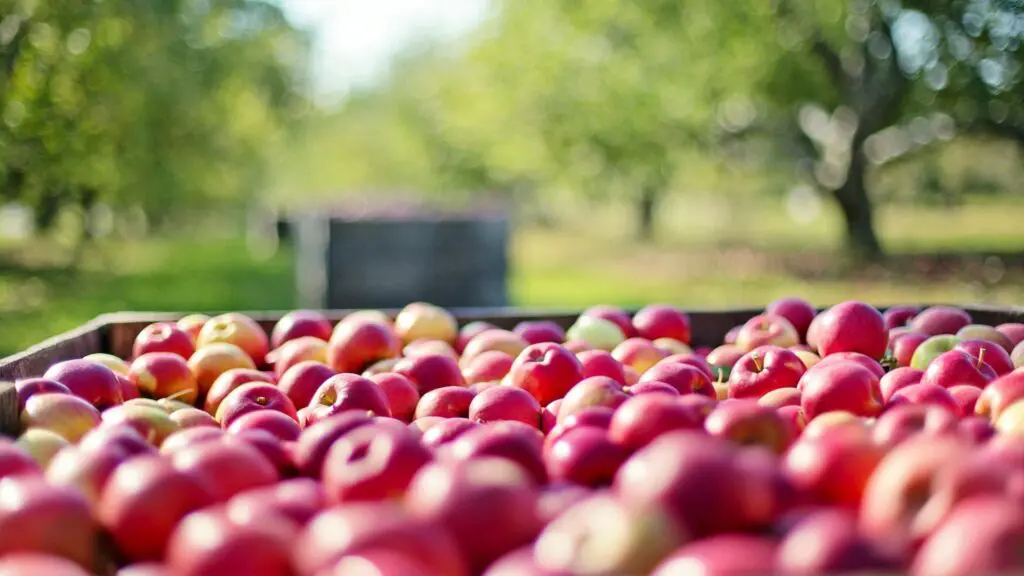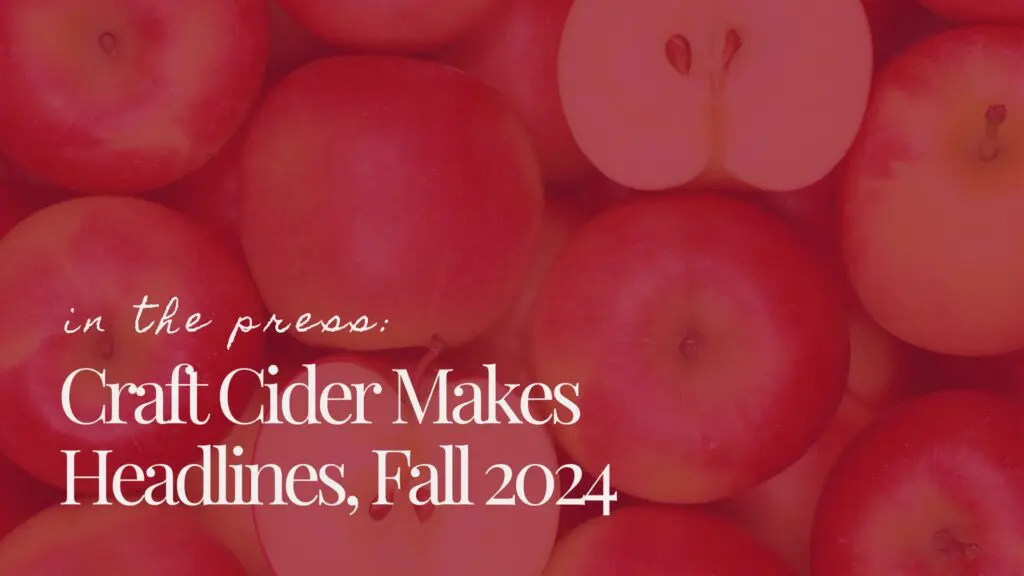By Treve Ring
Though savvy drinkers worldwide appreciate and agree on the merits of cider, the name and style varies wildly from place to place. Many countries have cider making traditions that date back centuries, resulting in unique drinks today. Here is how people speak and sip cider around the world.
Spain = Sidra
Cider is as good as oro (gold) in northern Spain. It’s particularly evident in Asturias where expert escanciadors pour bone dry sidra from high above their head directly into the glass, aerating it (and putting on a grand show, to boot).
United Kingdom = Cider
The UK drinks more cider than the rest of the planet, and for longer, too. When the Romans arrived to “Britannia” in 55 BC, they found the natives making a type of cider from the local apples growing there.
France = Cidre
Northern France’s Normandy and Brittany rule cider production, crafting ciders that tend to be sweeter and lower in alcohol, like the popular cidre doux that’s best served with crepes.
Germany = Apfelwein
It’s not just beer in Germany. The Hessen region specializes in apfelwein, a still cider with 5-7 percent alcohol. The tart drink may be taken neat or mixed with orange juice.
Poland = Cydr
Though Poland is the largest producer of apples in Europe, cider is still growing in popularity among consumers. The country has a sweet tooth for beverages—it is rare to find a dry Polish cider.
Argentina = Sidra
Cider makes a huge appearance around the holidays, when the middle class uses it for celebrations and toasts instead of the showy (and pricy) Champagne of the upper classes. It is often mixed with pineapple juice to create the popular ananá fizz.
Austria = Most
Austria is home to the largest contiguous area of pear orchards in Europe, so it’s no surprise that most of the country’s cider is produced with pears.













 Introducing Island Daiquiri from @portlan
Introducing Island Daiquiri from @portlan







